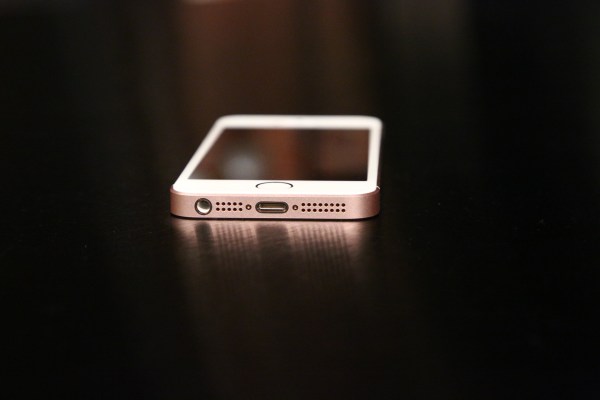For the first time in its history, the iPhone is experiencing a drop in sales.
In 2015 at this same time, Apple sold 61 million units of the iPhone. This year, for the period ending March, Apple only sold 51.2 million units, representing a 16 percent YOY drop.
This shouldn’t come as a surprise for most folks who know that we are close to (if not already at) peak iPhone levels. There simply aren’t as many first-time iPhone buyers out there.
This is particularly true in China, the world’s largest smartphone market, which has finally reached saturation and started to see an overall drop in smartphone sales. For Apple in particular, total sales in China are down 26 percent, though it’s unclear how large of a role the iPhone plays in that dip.
Meanwhile, the iPhone 6s and 6s Plus models don’t offer anything particularly compelling to force yearly upgrades, as features like Siri did for the iPhone 4s and TouchID did for the iPhone 5s. Plus, the newly unveiled iPhone SE, a smaller, cheaper version of the iPhone, is not included in this earnings report as it went on sale on March 31. Plus, the iPhone SE, which starts at $399, isn’t necessarily as competitive on price as it may seem.
Apple has always seen a bit of a slow in upgrades on “S” years, when the company offers a new iPhone that has little to no physical change from the previous generation. Apple CEO Tim Cook addressed this on the earnings call today, saying that the iPhone 6s upgrade sales are actually slightly higher than upgrade sales to the iPhone 5s.
Still, quite a bit hangs on the iPhone 7, as well as the newly released iPhone SE.
Last quarter, the iPhone accounted for nearly 70 percent of Apple’s total revenue, which explains why Apple’s quarterly reported income is down for the first time since 2003.
Without growing iPhone sales, the company is in for a bit of a rough patch. And it doesn’t help that both the iPad and the Mac division are also down from the year before.
That said, Apple is betting big on its services business, which is showing growth. Services, which includes iTunes, App Apple Music, etc., is up 20 percent year over year. In some ways, the “peak-iPhone” problem is a boost to services sales. The greater the installed user base (Apple reached one billion registered devices earlier this year), the more purchases will come through Apple’s software ecosystem.
Plus, these software-based businesses encourage consumers to purchase other Apple products, like MacBooks, Apple Watches and Apple TVs.
Unfortunately, Apple doesn’t break out “Other Products” in any way that offers transparency, so we can’t decipher which products are bringing in the cash. In any case, it’s unclear if Apple can make up for the higher margins of their declining iPhone business with revenue from services and other products.
